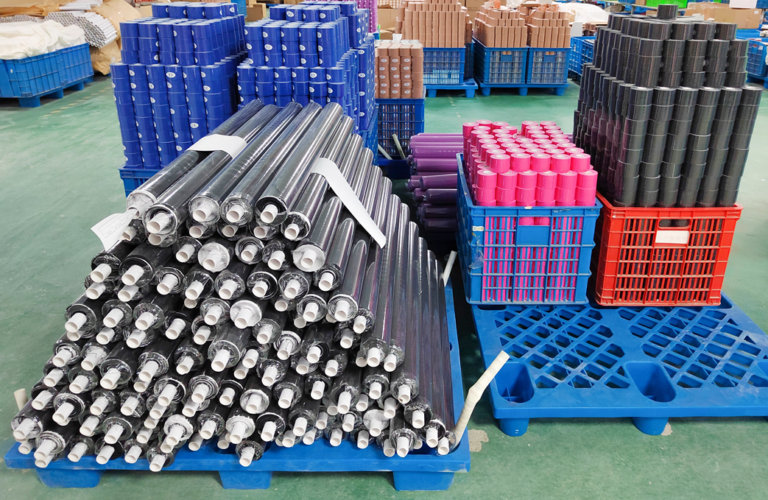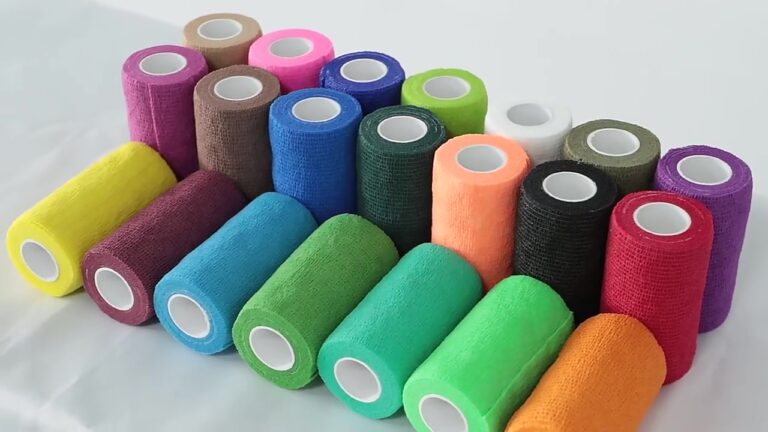What Is Calf Tape?
Calf tape is a cotton elastic tape that acts on the calf with an adhesive in the shape of a water ripple. It comes in different colors, sizes and shapes, all of which can act on the calf. When using calf tape, pay attention to the position and stretching strength of the tape.
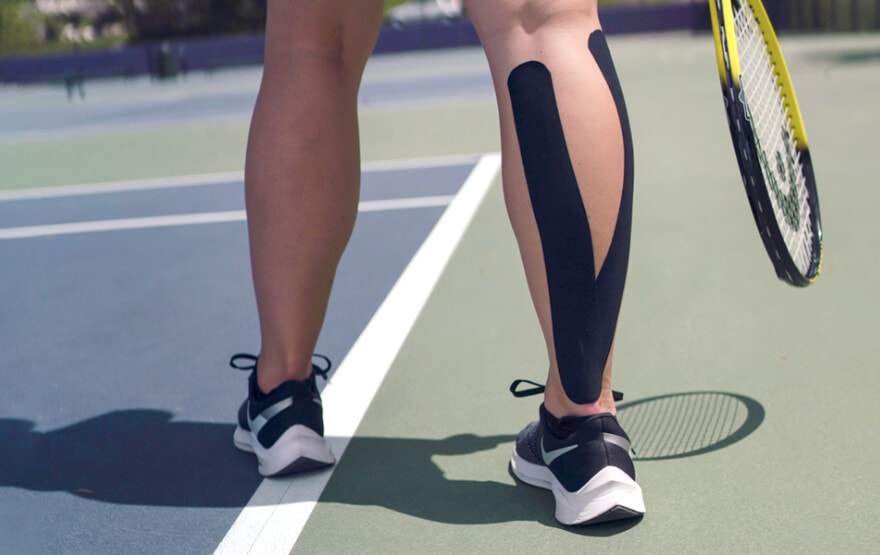
How to use kinesiology tape on calf?
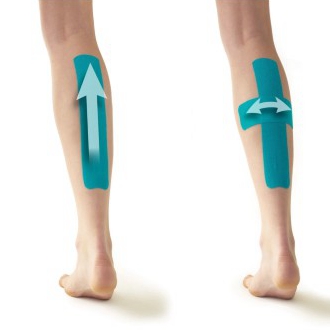
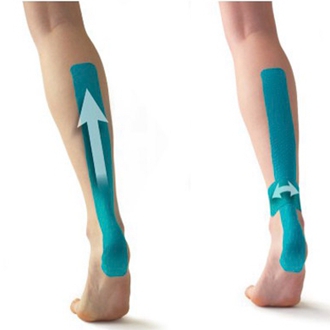
The quickest and easiest way to apply calf tape.
Method 1
- Measuring the distance of calf muscles.
- Fix one corner and stretch it from bottom to top with 75% strength.
- Measure the width of the calf muscle position.
- Stretch laterally from the middle with 50% strength.
Method 2
- Measure the distance from the heel to the calf.
- Stretch the paste from the heel upwards.
- Measuring the width of the ankle.
- Secure above the ankle and stretch horizontally down the middle.
These 2 methods are convenient and quick for daily exercise.
What does taping your calf do?
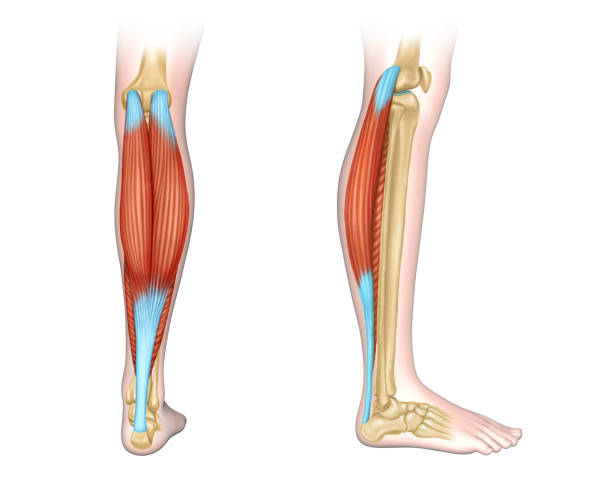
The calf tape promotes lymphatic drainage and blood circulation by lifting the skin and increasing space. This results in less swelling and pain in the calf muscles. The elasticity and stretch applied to the skin by the calf tape supports your muscles, joints and fascia without limiting the range of motion. Stimulates your sensory nerves and reminds you not to over-contract your muscles to avoid creating muscle tension.
Calf tape for both preventive protection and post-injury treatment. Before warming up for sports, use the correct paste method to act on the calves, which can effectively relieve muscle tension, prevent sudden cramps during sports, and swollen and sore muscles after sports. The use of calf tape after an injury can assist in healing, limiting further damage to the injured tissue and promoting recovery.
Does taping help calf strain?
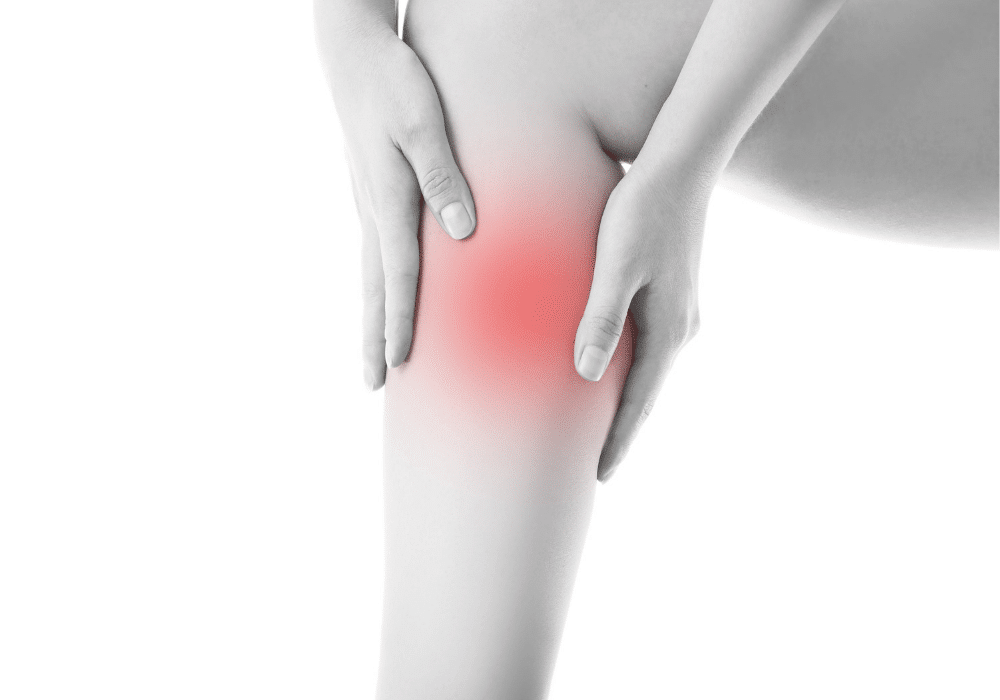
There is no relevant research data to suggest that calf tape can necessarily help calf sprains. However, there are data showing that over a thousand physical therapists and tens of thousands of athletes use it. Even without more reliable data to back it up, people still use calf tape. Enough to prove that it can some times help to regulate muscle groups and move joints.
So, when we really hurt our calves, can we still use it? I think you can think of calf tape as an adjunct to therapy. Because even though some people think it doesn’t work, it doesn’t cause harm.
Will kinesiology tape really help your calf strain? That depends on many factors. The ability of the calf tape to work is determined by many factors such as tape elasticity, stretching force, and application method. Also, it varies from person to person.
Calf tape will not heal sprains, nor will it make your muscle groups strong enough to resist any injury and remain injury-free.
When should you not use kinesiology tape?
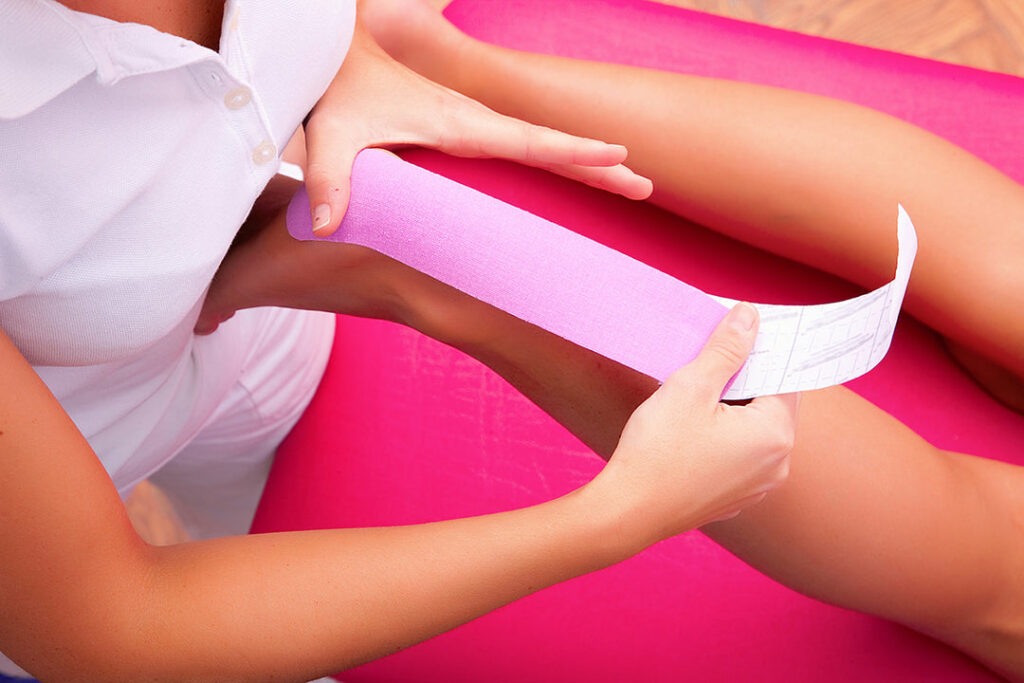
Because the kinesiology tape must be secured to the muscle with an adhesive. Some people’s skin has a rejection reaction to the glue, itching and allergic symptoms appear, so it is necessary to suspend use. Because of allergies due to weather and seasons, stop using it immediately. Also, kinesiology tape must not touch the wound. If the skin is injured, bleeding, ulcerated, etc., it should also be discontinued.
Need to clean the skin before use, scrape off the hair, and increase the adhesive force of the tape. It should be noted that when you tear off the tape after use, you need to wash it gently, or you can use oil or soak it in water. After the tape is removed, you may have water ripple glue marks on your skin. That’s normal, not an allergy and it will disappear after a while.
No manufacturer or brand can claim that tape is non-allergenic.
Wemade is committed to sports health care, making more people fall in love with sports.

